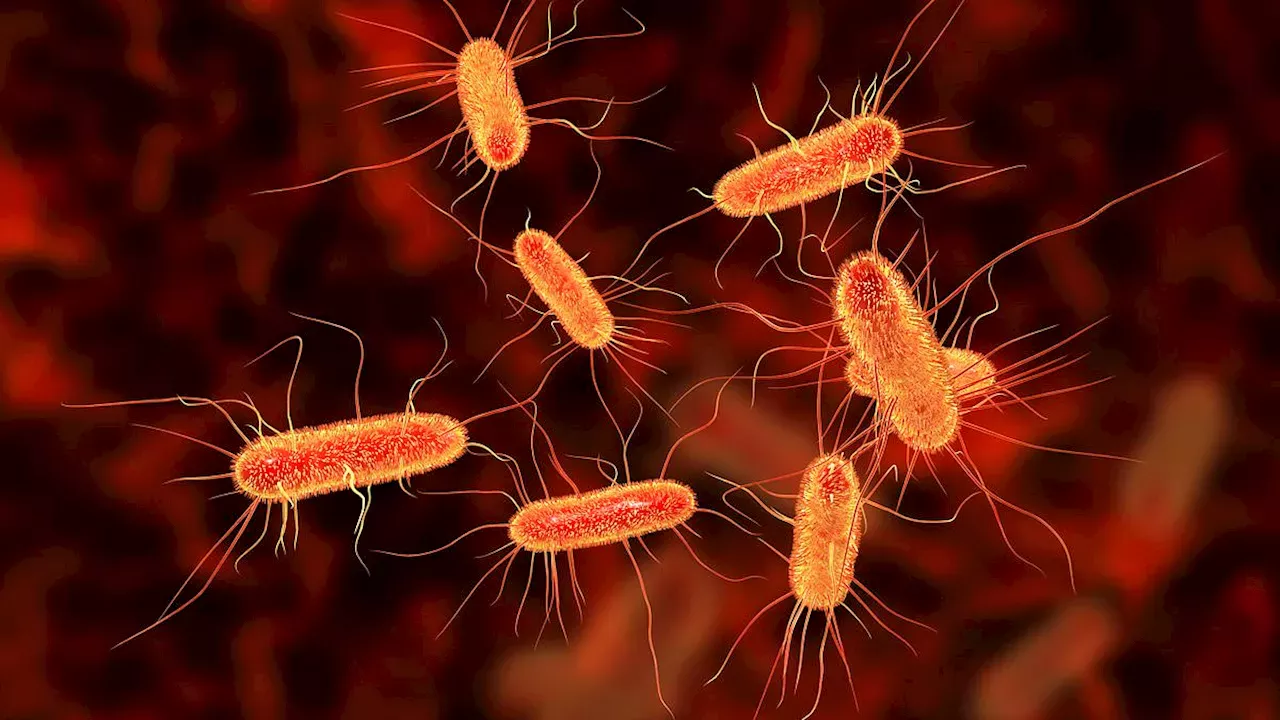Types of Food Items Associated with E. Coli Outbreaks
E coli outbreak food item – E. coli outbreaks can be linked to various food items, particularly those of animal origin or those that have been contaminated during processing or handling. Here are some common food items associated with E. coli outbreaks:
Ground Beef
- Ground beef is a common source of E. coli outbreaks due to the potential for contamination during slaughter and processing. The bacteria can reside in the intestines of cattle and spread to the meat during processing.
- Examples: In 2018, an E. coli outbreak linked to ground beef from a single supplier affected over 200 people in several states.
Leafy Greens
- Leafy greens such as spinach, lettuce, and kale can become contaminated with E. coli through irrigation water, contaminated soil, or animal waste.
- Examples: In 2019, an E. coli outbreak linked to romaine lettuce from a California farm sickened over 100 people.
Raw Milk and Cheese
- Raw milk and cheeses made from unpasteurized milk can harbor E. coli, as the bacteria can be present in the milk from infected cows.
- Examples: In 2015, an E. coli outbreak linked to raw milk from a dairy farm in Washington state infected over 50 people.
Poultry
- Poultry, including chicken, turkey, and duck, can carry E. coli in their intestines. Contamination can occur during slaughter and processing.
- Examples: In 2013, an E. coli outbreak linked to chicken from a processing plant in Arkansas affected over 600 people.
Unpasteurized Fruit Juice
- Unpasteurized fruit juice, such as apple cider or orange juice, can be a source of E. coli if the fruit used was contaminated or the juice was not properly processed.
- Examples: In 2011, an E. coli outbreak linked to unpasteurized apple cider from a small farm in New York sickened over 70 people.
Risk Factors and Prevention Measures for E. Coli Contamination in Food

E. coli contamination in food poses significant health risks, necessitating effective risk management and prevention strategies throughout the food production and handling chain. Understanding the key risk factors that contribute to E. coli contamination is crucial for implementing targeted preventive measures.
Risk Factors
- Animal Reservoirs: Cattle, poultry, and other animals can harbor E. coli in their intestines, potentially contaminating meat, poultry, and dairy products during slaughter and processing.
- Fecal Contamination: Improper handling of animal waste or human sewage can lead to E. coli contamination of water sources, which can then spread to produce or other food items.
- Unsanitary Food Handling: Poor hygiene practices among food handlers, such as inadequate handwashing or using contaminated utensils, can facilitate the spread of E. coli.
- Cross-Contamination: Contact between raw meat or poultry and other food items can transfer E. coli, especially in environments where proper food separation and handling procedures are not followed.
- Inadequate Cooking: Undercooking meat, poultry, or eggs can allow E. coli to survive and multiply, increasing the risk of infection.
Prevention Measures, E coli outbreak food item
Implementing effective prevention measures at various stages of the food production and handling process is essential to minimize the risk of E. coli contamination.
Food Production and Processing
- Animal Management: Implementing biosecurity measures to prevent animal exposure to E. coli, such as vaccination, segregation of sick animals, and proper waste management.
- Hygiene and Sanitation: Enforcing strict hygiene standards in slaughterhouses and food processing facilities, including regular cleaning and disinfection, proper handling of animal carcasses, and proper disposal of waste.
- HACCP Implementation: Establishing a Hazard Analysis and Critical Control Points (HACCP) system to identify and control potential hazards, including E. coli contamination, throughout the production process.
Food Handling and Preparation
- Proper Hygiene: Food handlers must adhere to proper hygiene practices, including frequent handwashing, using clean utensils, and avoiding contact between raw and cooked foods.
- Food Storage: Maintaining proper food storage temperatures to inhibit E. coli growth, such as refrigerating perishable foods below 40°F (4°C) and freezing at 0°F (-18°C) or below.
- Thorough Cooking: Cooking meat, poultry, and eggs to their recommended internal temperatures to ensure the destruction of E. coli. Use a food thermometer to verify internal temperatures.
- Cross-Contamination Prevention: Separating raw meat and poultry from other foods during storage, preparation, and cooking to prevent cross-contamination.
Impact and Management of E. Coli Outbreaks in the Food Industry: E Coli Outbreak Food Item

E. coli outbreaks pose significant threats to public health, consumer confidence, and the food industry. Managing these outbreaks involves complex challenges, including outbreak investigation, product recalls, and effective communication strategies.
Impact on Public Health
- E. coli outbreaks can cause severe illnesses, including diarrhea, abdominal cramps, fever, and dehydration.
- In severe cases, E. coli infections can lead to kidney failure, hemolytic uremic syndrome (HUS), and even death.
Impact on Consumer Confidence
E. coli outbreaks erode consumer confidence in the safety of food products and the food industry.
- Negative media coverage and public fear can lead to decreased sales and loss of revenue for affected businesses.
- Outbreaks can damage the reputation of the food industry as a whole, making it challenging to regain consumer trust.
Challenges in Outbreak Management
- Identifying the source of contamination can be complex and time-consuming, requiring extensive investigation.
- Product recalls can be costly and logistically challenging, especially for large-scale outbreaks.
- Effective communication with consumers, regulators, and the media is crucial to prevent misinformation and maintain public trust.
Best Practices for Outbreak Management
- Establish robust food safety systems and implement rigorous sanitation practices.
- Train food handlers on proper hygiene and food safety procedures.
- Conduct regular inspections and testing to monitor food safety standards.
- Develop a comprehensive outbreak response plan to ensure swift and effective management.
- Collaborate with regulatory agencies and public health officials for timely outbreak investigation and response.